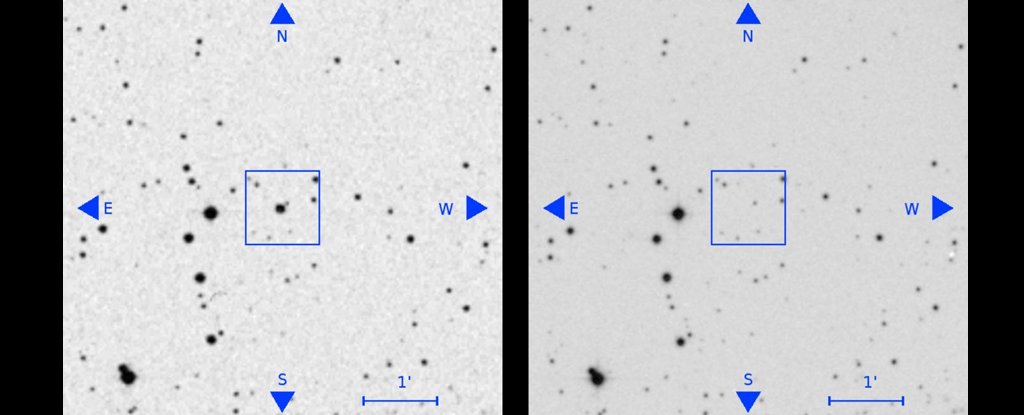Researchers Have Identified 100 Mysteriously Disappeared Stars in The Night Sky. By comparing star catalogues dating back to the 1950s with more recent datasets.
The “Vanishing & Appearing Sources during a Century of Observations” project.
They compared 600 million objects in the USNO catalogue with a collection put together by the University of Hawaii’s Pan-STARRS system.
The comparison revealed 151,193 candidates for missing stars. This number was whittled down to 23,667 possibilities by widening the search field, cutting away stars that seemed to have moved farther than expected.
That short list was visually inspected, excluding around 18,000 images that were messed up by flaws or artefacts. Lastly, the team removed images where the missing star was towards the edge of the field, just to reduce risk of any false positives.
One final sweep using yet another method for comparisons removed other possible flaws in data collection, or unclear results. That left 100 dark shadows where a star once shone.

These could be flare stars, or “aliens could be covering these stars up to absorb their light, converting it into useful energy before shedding it as low grade radiation.”